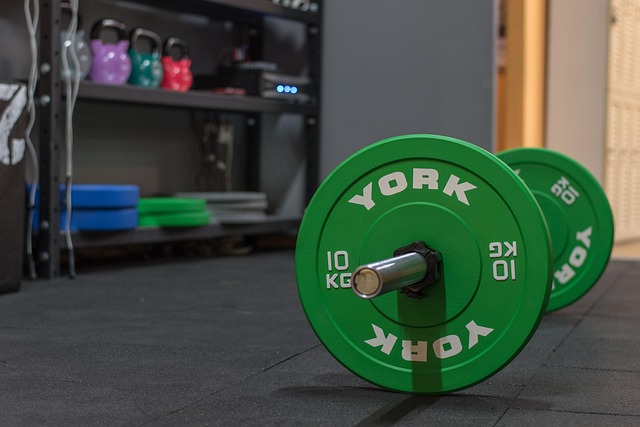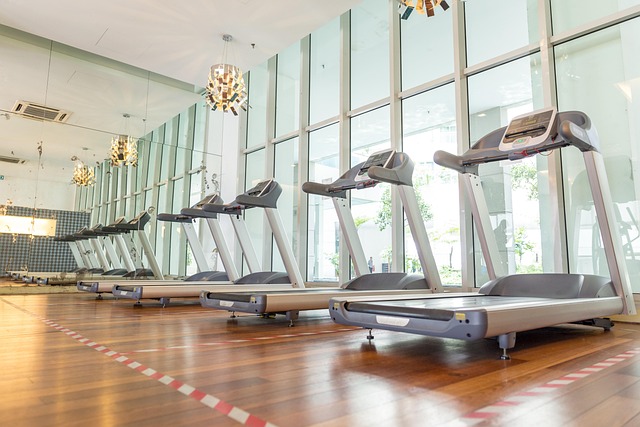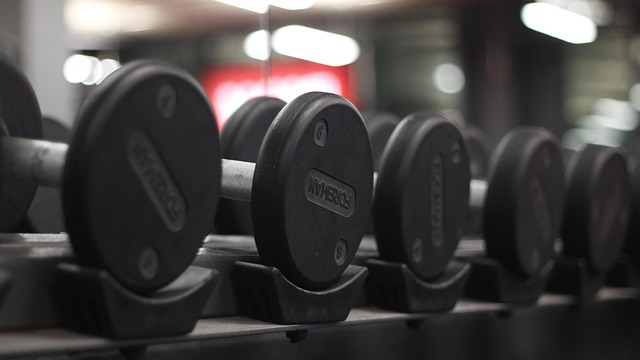In today’s fast-paced world, where stress and sedentary lifestyles are becoming the norm, maintaining physical fitness is more important than ever. However, achieving true fitness isn’t just about hitting the gym or running marathons—it’s about creating a balanced fitness plan that addresses all aspects of your health. A well-rounded approach ensures that you not only improve your physical strength but also enhance your mental well-being, flexibility, endurance, and overall quality of life.
Understanding the Components of a Balanced Fitness Plan
A balanced fitness plan is built on five key pillars: cardiovascular endurance, muscular strength, muscular endurance, flexibility, and body composition. Each of these components plays a vital role in your overall health, and neglecting any one of them can lead to imbalances or even injuries.
- Cardiovascular Endurance
Cardio exercises, such as running, cycling, swimming, or brisk walking, strengthen your heart and lungs while improving circulation. These activities increase your stamina and help you burn calories, making them essential for weight management and reducing the risk of chronic diseases like heart disease and diabetes. - Muscular Strength
Building muscle isn’t just for bodybuilders; it’s crucial for everyone. Strength training exercises—such as lifting weights, using resistance bands, or performing bodyweight exercises like push-ups and squats—help build lean muscle mass. Strong muscles support your joints, improve posture, and boost metabolism by burning more calories at rest. - Muscular Endurance
While strength focuses on how much force your muscles can exert, endurance measures how long they can sustain activity. Activities like planks, wall sits, or high-repetition weightlifting help develop muscular endurance, which is vital for daily tasks and sports performance. - Flexibility
Flexibility often gets overlooked, but it’s critical for preventing injuries and maintaining mobility as you age. Incorporating stretching routines, yoga, or Pilates into your plan improves your range of motion and reduces stiffness. This allows you to move freely and comfortably in everyday life. - Body Composition
Body composition refers to the ratio of fat to lean tissue (muscle, bone, water) in your body. A balanced fitness plan aims to reduce excess body fat while preserving or increasing lean muscle mass. Monitoring this aspect ensures that your efforts translate into visible results without compromising your health.
Designing Your Personalized Fitness Plan
Creating a balanced fitness plan requires careful consideration of your goals, current fitness level, preferences, and lifestyle. Here’s how to get started:
1. Set Realistic Goals
Begin by defining what you want to achieve. Whether it’s losing weight, gaining muscle, improving endurance, or simply feeling better, clear goals will guide your plan. Make sure your goals are SMART: Specific, Measurable, Achievable, Relevant, and Time-bound.
2. Assess Your Current Fitness Level
Before diving into intense workouts, evaluate where you stand. Perform simple tests like timing yourself during a mile run, measuring how many push-ups you can do, or checking your flexibility with a sit-and-reach test. This baseline assessment helps track progress over time.
3. Choose Activities You Enjoy
The best exercise is the one you’ll stick with consistently. If you hate running, don’t force yourself to jog every day—try dancing, swimming, or hiking instead. Mixing up your routine keeps things interesting and prevents boredom.
4. Balance Intensity and Recovery
Overtraining can lead to burnout or injury, so it’s important to strike a balance between challenging yourself and allowing your body to recover. Include rest days in your weekly schedule and alternate between high-intensity workouts and low-impact activities like yoga or walking.
5. Incorporate Variety
To target all five fitness components, diversify your workouts. For example:
- Mondays: Strength training (weights or bodyweight)
- Tuesdays: Cardio (cycling or running)
- Wednesdays: Active recovery (yoga or stretching)
- Thursdays: High-intensity interval training (HIIT)
- Fridays: Flexibility-focused session (Pilates or foam rolling)
- Weekends: Outdoor activities (hiking, swimming, or playing a sport)
6. Prioritize Nutrition
Exercise alone won’t deliver optimal results if your diet isn’t aligned with your goals. Fuel your body with nutrient-dense foods like lean proteins, whole grains, fruits, vegetables, and healthy fats. Stay hydrated and adjust portion sizes based on your energy needs.
Tips for Staying Consistent
Consistency is the cornerstone of success in any fitness journey. Here are some strategies to stay motivated:
- Track Your Progress: Keep a journal or use fitness apps to log your workouts, meals, and milestones. Seeing improvements over time boosts motivation.
- Find Accountability: Partner with a friend, join a class, or hire a personal trainer to keep you accountable.
- Celebrate Small Wins: Reward yourself for reaching mini-goals, whether it’s completing a tough workout or sticking to your plan for a month.
- Be Patient: Results take time, and there will be ups and downs. Focus on the process rather than obsessing over quick fixes.
Common Mistakes to Avoid
Even the most well-intentioned fitness plans can falter due to common pitfalls. Watch out for these mistakes:
- Skipping warm-ups or cool-downs, which can lead to injuries.
- Focusing solely on one type of exercise (e.g., only cardio or only strength).
- Setting unrealistic expectations that set you up for disappointment.
- Ignoring signs of fatigue or pain, which may indicate overtraining.







